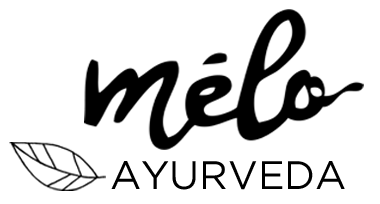Almost all anti-dandruff/treatment shampoos contain at least one of these ingredients:
| Ingredients | Origin | Side effects |
| Salicylic acid | Petrochemicals | Scalp irritation |
| Piroctone olamine | Petrochemicals | Scalp irritation |
| Selenium sulfide | Petrochemicals | Hair loss and itching |
| Ketoconazole | Synthetic | Hair loss and itching |
| Clobetasol | Synthetic |
Itching |
The accompanying risks have only recently been revealed (in 2022), leading to the ban of zinc pyrithione by the EU due to its carcinogenic and reproductive toxicity.
As a result, the z inc pyrithione is replaced by piroctone olamine, a petrochemical ingredient with unknown risks.
Natural ingredients

Studies prove that natural actives are as effective as synthetic actives in controlling dandruff ( Krishnamoorthy et al, 2000; Aburjai et al, 2003; Vijakumar et al, 2006) .
Itching and scabs on the scalp are also reduced thanks to the combination of several natural active ingredients.
Treatment shampoos with natural active ingredients
Even though natural ingredients are effective ( see results ) and have no side effects, they are expensive and sometimes difficult to source.
| Ingredients | For | Shampoo |
| Pongamia, Indigo, Licorice | Seborrheic dermatitis, Psoriasis, Eczema, Oily dandruff, Sensitive and itchy scalp | Solid shampoo for sensitive scalp |
| Neem, Shikakai | Dry dandruff |






This topic is educational, focusing on the Risks of long-term use of anti-dandruff shampoo. Thanks for sharing the useful blog. All scalp and hair lovers should go through your topic and will benefit. I learned a lot about the use of anti-dandruff shampoo from your topic. Is it useful to use regularly or in intervals? I like your blog and also prefer organic products.